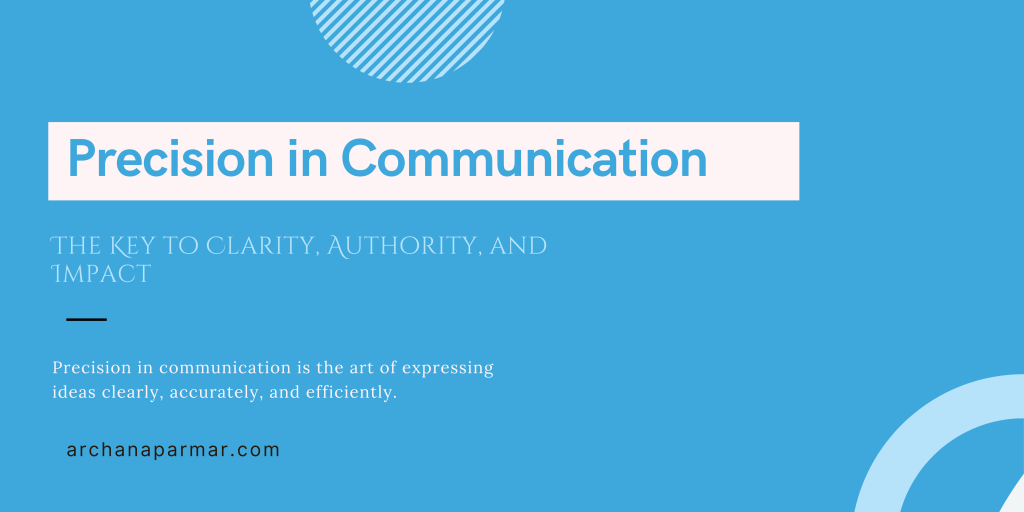The Rise of Executive Coaching in India: Personalized Leadership Growth for Modern Leaders
By Archana Parmar – Executive Leadership Coach The world of work in India has never been more dynamic. Leaders face hybrid teams, global clients, rapid digital transformation, and constant change. Excelling today requires more than technical expertise—it demands executive presence, emotional intelligence, communication precision, and resilience. This is why executive coaching for leaders has become a critical strategy for sustainable growth. Why Executive Coaching Matters for Leaders in India Indian professionals, from tech executives to senior managers, encounter unique challenges: Traditional workshops can’t solve these challenges. Online executive coaching and one-on-one executive coaching in India offer leaders tailored, confidential sessions to overcome these barriers. Unlike generic training programs, executive coaching services in India provide: Research shows executive performance coaching in India delivers measurable ROI—improving engagement, retention, decision-making, and overall leadership effectiveness. The Growth of Online Executive Coaching With digital transformation, online executive coaching has exploded globally and in India. Platforms such as BetterUp, Torch, and SoundingBoard illustrate the shift: Where elite coaching once cost ₹1.5–2 lakh per session, corporate executive coaching in India now extends to middle management and emerging leaders at a fraction of the cost. This democratization allows access to top talent across sectors, from tech startups to multinational corporations. Impact: How Executive Coaching Transforms Leadership Case studies from global firms, and insights from my work as an executive leadership coach, highlight the impact: In India, leaders who invest in executive coaching for CEOs and executive mindset coaching in India experience similar transformations: Why Executive Coaching Works Executive coaching is effective because it goes beyond advice. It fosters: Top executive coaching programs in India focus on leadership development that blends strategy, influence, and soft skills—helping leaders grow into authentic, high-impact professionals. May you Like This :- Communication Skills Training for Professionals in India Leaders working with a professional executive coach in India often report breakthroughs like: Future of Executive Coaching in India The coaching landscape is evolving rapidly: Executive leadership development in India is no longer just a luxury for the elite—it’s becoming essential for organisational agility and leadership effectiveness. Choosing the Right Executive Coaching Partner For Indian leaders looking to invest in growth, the choice of coach matters. A top executive coaching program in India should offer: As a seasoned executive leadership coach, I help leaders unlock their potential, navigate complex challenges, and communicate with confidence and authority Final Thoughts The rise of executive coaching for leaders in India signals a fundamental shift in how leadership growth is approached. Today, personalized coaching, whether online or in-person, is not optional—it is essential. Leaders who embrace executive coaching services in India build clarity, confidence, and influence—becoming the leaders their teams, organisations, and stakeholders truly need.










